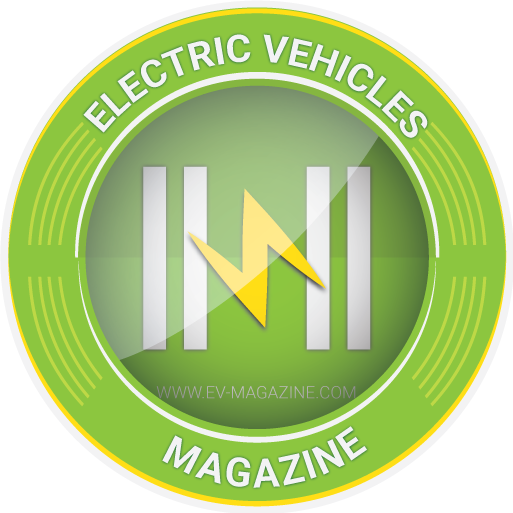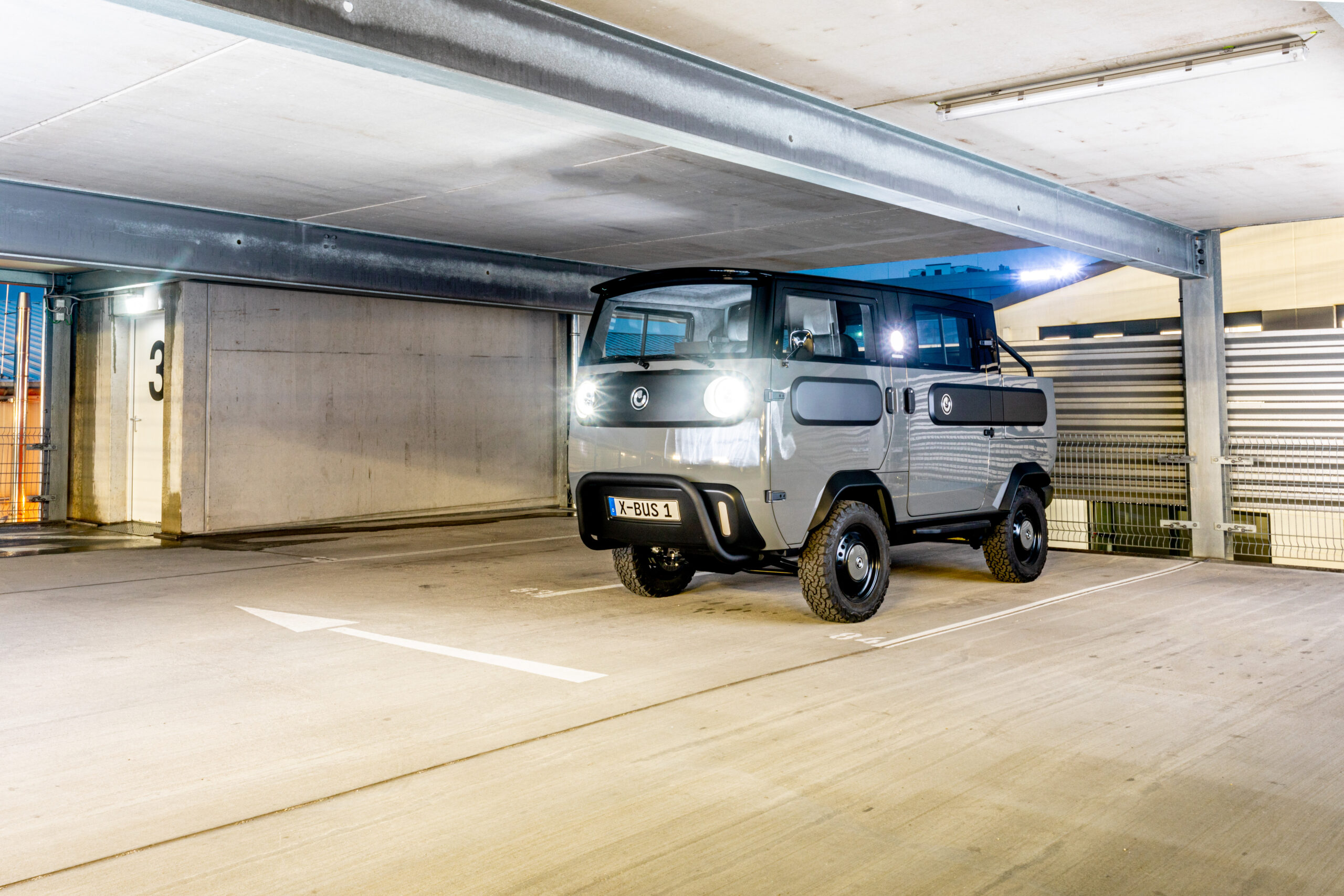The journey continues: the most efficient Mercedes-Benz ever built demonstrates even greater efficiency of 8.3 kWh/100 km and impressive thermal management on another long-distance drive
Stuttgart/Brixworth. The Mercedes-Benz VISION EQXX beats its own efficiency record in real-world driving with another 1,000 km+ journey on a single battery charge. Following its record-breaking maiden drive from Stuttgart to Cassis (France) in April, the research vehicle set the bar even higher, with a 1,202-kilometre road trip from Stuttgart to Silverstone in the UK. After negotiating an autobahn closure and demanding cross-country diversion near Stuttgart, the VISION EQXX crossed the French border near Strasbourg then cruised across northern France at highway speeds to Calais, where it boarded the Eurotunnel. Continuing its journey in the UK, it took the M25 around London then stopped off at Mercedes-Benz Grand Prix in Brackley. Waiting to greet it there were the Formula 1 and Formula E experts who helped develop its advanced drivetrain. The VISION EQXX then carried on to Silverstone, where it was welcomed by special guest driver Nyck de Vries. The Dutchman, who races for the Mercedes-EQ Formula E team, opted not to go easy on the research vehicle, taking it up to its maximum speed limit of 140 km/h on the iconic British race track. Making the most of the occasion, he completed 11 laps, using the last of the charge on the pit lane. Throughout the road trip, the VISION EQXX took advantage of its innovative thermal management system to achieve an average consumption of 8.3 kWh/100 km in the face of heavy traffic and summer temperatures.
As well as proving the effectiveness of Mercedes-Benz electric efficiency technologies in a wide range of real-life traffic scenarios, the VISION EQXX’s long-distance journeys on public roads provide R&D experts with valuable data for the ongoing development programme.
“The journey continues – even further, even more efficient! Yet again, the VISION EQXX has proven that it can easily cover more than 1,000 km on a single battery charge, this time faced with a whole different set of real-world conditions. As Mercedes-Benz strives to go all-electric by 2030 wherever market conditions allow, it is important to show to the world what can be achieved in real terms through a combination of cutting-edge technology, teamwork and determination,” says Markus Schäfer, Member of the Board of Management of Mercedes-Benz Group AG, Chief Technology Officer responsible for Development and Procurement.
Once is not enough – VISION EQXX proves real-world capability across a wide range of conditions
The proof of success for the VISION EQXX came in April this year. A record-breaking maiden road trip saw it cover 1,008 kilometres from Stuttgart to Cassis on the French Mediterranean coast. With temperatures ranging from a chilly 3 to a more springlike 18 degrees Celsius, it completed that journey with energy consumption of 8.7 kWh/100 km and a remaining range on arrival around 140 kilometres. But once is not enough. To demonstrate true real-world capability and to take the development process to the next level, the engineering team are running a series of road trips to test the technology underpinning the VISION EQXX under different conditions.
Keeping a cool head – innovative and efficient thermal management
This time, the route profile did not come with lower temperatures nor the demanding energy usage and recuperation scenarios presented by the Alps. The main challenges on this trip were summer temperatures of up to 30 degrees Celsius, paired with increased traffic density around Stuttgart and in the southeast of England. Nevertheless, the VISION EQXX kept a cool head the whole way thanks to its innovative thermal management system.
The exceptional efficiency of the electric drive unit means it generates only minimal waste heat. This helps keep the thermal management system extremely small and lightweight. The carefully engineered interaction of aero-shutters, coolant valves and pumps ensures the electric drive unit maintains the most efficient temperature balance at minimum energy cost. It encompasses a combination of innovative air-flow management and a cooling plate installed in the vehicle floor, enabling it to take advantage of the air flowing along the underside of the VISION EQXX. This is the most aerodynamically efficient way of keeping the electric drive unit cool under normal conditions, allowing an increase in range of around two percent in the most aerodynamic mode.
High ambient temperatures and stop-and-go motorway traffic necessitated cooling of the electric drivetrain and passenger cabin. However, the on-demand cooling system took it all in its stride with no significant impact on range. The multi-source heat pump in the VISION EQXX proved highly efficient at keeping the cabin temperature cool in the warm summer weather. During the 14 hours and 30 minutes of driving time, the air conditioning was operational for just over eight hours, yet had a minimal negative impact on overall energy consumption.
Arrival at Silverstone – taking the chequered flag at 1,202 kilometres
On the home straight to Silverstone, the VISION EQXX paid a visit to the home of the Mercedes-AMG PETRONAS Formula One Team in Brackley, some 13 kilometres to the southwest, where it received an enthusiastic welcome from the team from Mercedes-AMG HPP and Mercedes-Benz Grand Prix who played a pivotal role in its design. Working hand-in-hand with the engineering team in Stuttgart, the Formula 1 and Formula E specialists helped slash system losses in the drivetrain and develop a completely new compact and lightweight battery pack.
After a driver change, it was HPP’s Advanced Technology Director Adam Allsopp who took over at the wheel for the final leg to Silverstone. The significance of the drive to the racing circuit which hosted the very first Formula 1TM Grand Prix in 1950 was not lost on him: “Driving this beacon of the future of electric mobility to the place where the Formula 1 story began, and where we’ve seen and contributed to some iconic Formula 1 races is personally very special. Completing the journey from Stuttgart to Silverstone on a single charge with even greater efficiency really evidences some great progress in accelerating the technologies underpinning our electrification strategy. The contribution made over the years by motorsports at Mercedes-Benz is significant and it makes us very proud,” says Allsopp.
Waiting at the track to greet the VISION EQXX was Mercedes-EQ Formula E racing driver Nyck de Vries. The 27-year-old Dutchman, who scored four Formula E wins in the last two seasons, has plenty of experience at coaxing every last drop of efficiency from an advanced electric drivetrain. However, he didn’t go easy on the VISION EQXX, taking it up to its maximum limited speed of 140 km/h at every opportunity on the fabled tarmac. He took the chequered flag after 11 laps, using up the last of the charge in the pit lane with 1,202 kilometres on the clock. “The VISION EQXX was a true pleasure to drive. I know what this team is capable of, and it was a real honour to drive such an amazing car on such a historic track,” says de Vries, adding with a smile: “And I can tell you that the interior is definitely a lot more luxurious than the cockpit of a Formula E car.”
After weekend trip to Goodwood Festival of Speed, where next on the road trip into the electric future?
Following a brief recharge, the VISION EQXX continued on its way to HPP headquarters in Brixworth 33 kilometres away for an overnight stop, refresh and full recharge in preparation for its next outing this weekend at the Goodwood Festival of Speed. Appearing at the renowned celebration of historic motorsports alongside other Mercedes icons of the past present and future, the VISION EQXX will also take its turn on the famous hill climb.
With two successful 1,000 km+ road trips under its belt, the VISION EQXX has well and truly justified its claim as the most efficient Mercedes ever built. But the story doesn’t end there. Work continues on the development of many VISION EQXX technologies for application in future series-production vehicles. For the team behind it, gathering invaluable real-life data, the most important question is: Where next?
VISION EQXX: the trip log in figures
| Start | Stuttgart Untertürkheim, June 21st, 2022, 08:15 CEST |
| Arrival | Silverstone, June 22nd, 2022, 18:02 BST |
| Travel route | Untertürkheim, Reims, Calais, Brackley |
| Driving distance | 1,202 kilometres |
| Total driving time (over two days) | 14 hours and 30 minutes |
| Average speed | 83 km/h |
| Maximum speed | 140 km/h |
| Average consumption | 8.3 kWh per 100 km |
VISION EQXX: the most important technical data at a glance
| Energy content of the battery | kWh | < 100 |
| Rated voltage | volts | > 900 |
| Energy consumption | kWh/100 km (miles/kWh) | 8.3 (7.5) |
| Cd value | 0.17 | |
| Front face | m² | 2.12 |
| Power | kW | 180 |
| Wheelbase | mm | 2,800 |
| Length/width/height | mm | 4,975/1,870/1,348 |
| Unladen vehicle weight | kg | 1,755 |






































